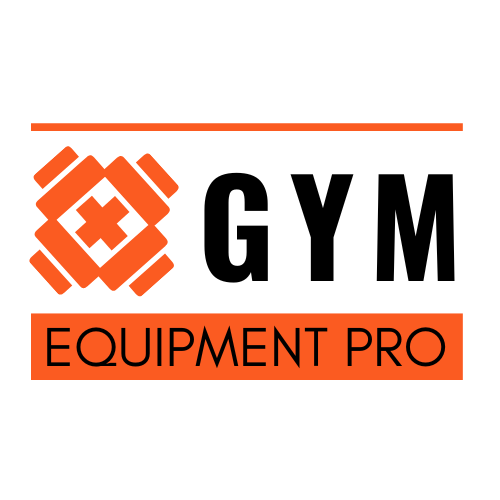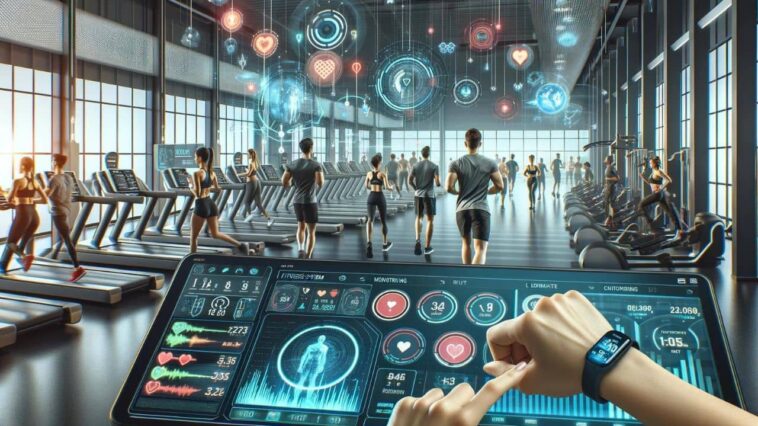In the era of digital wellness, Gym Monitoring Systems have revolutionized the way we approach fitness and health. These systems, encompassing a range of devices from wrist-worn fitness trackers to sophisticated gym equipment integrated with health monitoring features, offer a comprehensive view of our physical activities and health status.
Gym monitoring systems are advanced tools designed to track various health and fitness metrics such as heart rate, activity levels, sleep patterns, calories burned, and blood pressure, enabling users to optimize their fitness journeys by providing detailed insights into their physical well-being.
Understanding the Importance of Monitoring and Tracking Systems
Enhancing Member Experience
Modern gym-goers expect more than just access to equipment. They crave personalized experiences tailored to their fitness goals and preferences. Monitoring and tracking systems allow gyms to gather valuable data on member behavior, usage patterns, and preferences.
With this information, gyms can offer personalized recommendations, customized workout plans, and targeted promotions, thereby enhancing the overall member experience.
Improving Operational Efficiency
Efficiency is the cornerstone of a successful gym operation. Monitoring and tracking systems streamline various processes, including equipment maintenance, staff scheduling, and facility management.
Real-time data insights enable proactive decision-making, minimizing downtime and maximizing resource utilization. Additionally, these systems help identify bottlenecks and inefficiencies, allowing for continuous improvement and optimization.
Key Features of Monitoring and Tracking Systems
RFID Access Control
RFID (Radio-Frequency Identification) technology revolutionizes access control in gyms. By utilizing RFID-enabled key cards or wristbands, members can easily access the facility and specific areas within it. This not only enhances security but also provides valuable data on member attendance and usage patterns.
Equipment Usage Tracking
Monitoring systems equipped with sensors can track equipment usage in real-time. This data helps gym owners understand equipment popularity, peak usage hours, and maintenance requirements.
By analyzing usage patterns, gyms can optimize equipment placement, allocate resources efficiently, and ensure a seamless workout experience for members.
Activity Monitoring and Analytics
Sophisticated tracking systems monitor member activity inside the gym. From cardio sessions to strength training, these systems capture valuable data on workout duration, intensity, and calorie expenditure.
Advanced analytics provide insights into member behavior, enabling gyms to tailor services and offerings to meet individual needs.
Integration with Wearable Devices
Integration with wearable fitness devices further enhances the capabilities of monitoring and tracking systems. By syncing data from devices like fitness trackers and smartwatches, gyms can gain deeper insights into member health and fitness metrics.
This integration enables personalized coaching, goal tracking, and gamification, fostering greater member engagement and adherence to fitness routines.
Fitness & Gym Monitoring Systems
With capabilities to monitor heart rate, activity levels, sleep patterns, and more, they empower individuals to make informed decisions about their health and fitness routines. This fusion of technology and wellness not only maximizes workout efficiency but also promotes a lifestyle centered around health consciousness and proactive well-being management.
Heart Rate Monitoring
Heart rate monitoring is a crucial aspect of gym monitoring systems, providing immediate feedback on the intensity of your workout. By tracking your heart rate, these systems can help you adjust your exercise intensity in real-time to stay within your target heart rate zones, optimizing fat burn and improving cardiovascular health.
Incorporating heart rate monitoring into your fitness routine can significantly enhance workout effectiveness, ensuring that you’re exercising at an intensity that aligns with your fitness goals and health requirements.
Essential Cardio Equipment for Commercial Gyms
Activity Monitoring
Activity monitoring goes beyond just counting steps or tracking workouts. It provides a holistic view of your daily movement, encouraging a more active lifestyle by setting goals and tracking progress over time.
From the number of steps taken to the intensity and duration of workouts, gym monitoring systems with activity tracking capabilities enable you to measure and analyze your physical activity levels, offering insights into how your daily activities contribute to your overall fitness.
Sleep Pattern Tracking
Understanding your sleep patterns is vital for recovery and overall well-being. Gym monitoring systems with sleep tracking features measure the quality and duration of your sleep, identifying sleep cycles and disturbances.
This information can be invaluable in improving your sleep habits, which in turn, supports muscle recovery, enhances mood, boosts immune function, and contributes to better overall health.
IoT Fitness Trackers Measure Calories Burned
The integration of IoT (Internet of Things) technology with fitness trackers has made it possible to measure calories burned with greater accuracy. These devices use algorithms that consider your heart rate, activity type, and duration to estimate the number of calories burned during workouts and throughout the day.
This feature is particularly beneficial for those tracking their weight loss progress or managing their energy expenditure for athletic training.
Blood Pressure Measurement
Some advanced gym monitoring systems now include blood pressure measurement capabilities, providing a more comprehensive overview of your cardiovascular health. Regularly tracking blood pressure can be crucial for individuals with health conditions or those who are monitoring their blood pressure for fitness and wellness purposes.
This feature allows for early detection of potential health issues and helps in customizing workout plans to maintain optimal cardiovascular health.
Gym Safety and Emergency Equipment
Conclusion: Gym Monitoring Systems
In conclusion, monitoring and tracking systems play a pivotal role in optimizing gym operations and enhancing member experiences. By leveraging RFID access control, equipment usage tracking, activity monitoring, and integration with wearable devices, gyms can streamline processes, personalize services, and drive member engagement. Through strategic implementation and a commitment to innovation, gym owners can maximize efficiency and stay competitive in today’s dynamic fitness landscape.
FAQs: Gym Usage Monitoring System
How do monitoring and tracking systems benefit gym owners?
Monitoring and tracking systems provide valuable insights into member behavior, usage patterns, and equipment performance, enabling gym owners to make data-driven decisions, optimize operations, and enhance profitability.
Are monitoring systems intrusive to members’ privacy?
While monitoring systems collect data on member activity, they prioritize anonymity and aggregate data to protect individual privacy. Additionally, members can opt-in to data collection and may benefit from personalized services and recommendations.
Can monitoring systems help prevent equipment breakdowns?
Yes, monitoring systems can detect early signs of equipment malfunction, allowing for proactive maintenance and minimizing downtime. By addressing issues promptly, gyms can ensure uninterrupted service for members.
Are monitoring systems suitable for small-scale gyms?
Yes, monitoring systems come in various sizes and configurations to accommodate different gym sizes and budgets. Whether you run a small boutique gym or a large fitness center, there are monitoring solutions tailored to your needs.
How can gym owners ensure data security with monitoring systems?
Gym owners should prioritize data security when implementing monitoring systems. Choose reputable vendors with robust security measures in place, such as encryption, access controls, and regular audits. Additionally, educate staff on best practices for handling and protecting member data.



